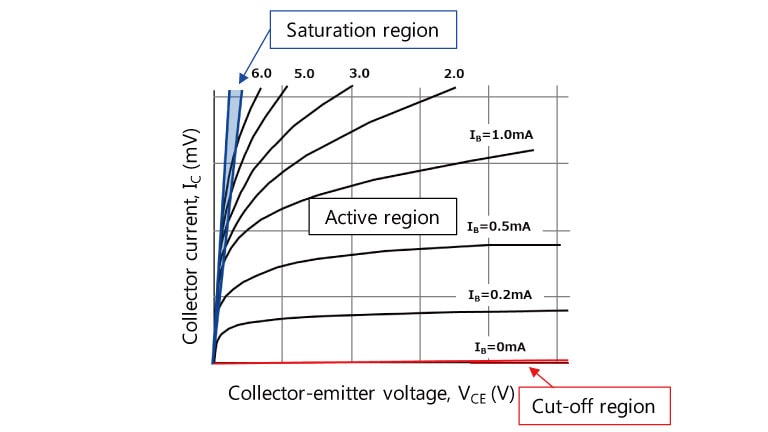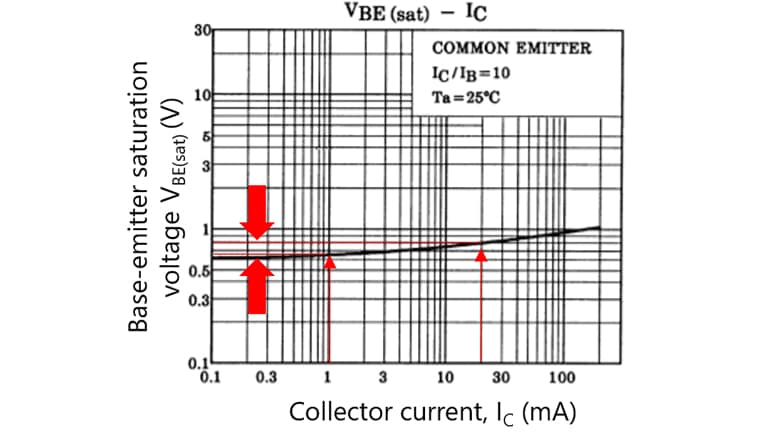- General Top
- SEMICONDUCTOR
- STORAGE
- COMPANY
-
My ToshibaSemicon
- Semiconductor Top
-
ApplicationsAutomotive
Body Electronics
xEV
In-Vehicle Infotainment
Advanced Driver-Assistance Systems (ADAS)
Chassis
IndustrialInfrastructure
BEMS/HEMS
Factory Automation
Commercial Equipment
Consumer/PersonalIoT Equipment
Healthcare
Wearable Device
Mobile
Computer Peripherals
-
ProductsAutomotive Devices
Discrete Semiconductor
Diodes
Transistors
Logic ICs
Analog Devices
Digital Devices
Wireless Devices
※
: Products list (parametric search)
Power SemiconductorsSiC Power Devices
※
: Products list (parametric search)
Isolators/Solid State RelaysPhotocouplers
Digital Isolators
Solid State Relays
Fiber Optic Transmitting Modules
※
: Products list (parametric search)
MOSFETsIGBTs/IEGTsBipolar Transistors※
: Products list (parametric search)
Diodes※
: Products list (parametric search)
MicrocontrollersMotor Driver ICsIntelligent Power ICs※
: Products list (parametric search)
Power Management ICsLinear ICs※
: Products list (parametric search)
General Purpose Logic ICsLinear Image SensorsOther Product ICsOther Product ICs
※
: Products list (parametric search)
-
Design & Development
Design & Development
Innovation Centre
At the Toshiba Innovation Centre we constantly strive to inspire you with our technologies and solutions. Discover how to place us at the heart of your innovations.
-
Knowledge
Knowledge
Highlighted Topics
Further Materials
Other
- Where To Buy
- Part Number & Keyword Search
- Cross Reference Search
- Parametric Search
- Stock Check & Purchase
This webpage doesn't work with Internet Explorer. Please use the latest version of Google Chrome, Microsoft Edge, Mozilla Firefox or Safari.
require 3 characters or more. Search for multiple part numbers fromhere.
The information presented in this cross reference is based on TOSHIBA's selection criteria and should be treated as a suggestion only. Please carefully review the latest versions of all relevant information on the TOSHIBA products, including without limitation data sheets and validate all operating parameters of the TOSHIBA products to ensure that the suggested TOSHIBA products are truly compatible with your design and application.Please note that this cross reference is based on TOSHIBA's estimate of compatibility with other manufacturers' products, based on other manufacturers' published data, at the time the data was collected.TOSHIBA is not responsible for any incorrect or incomplete information. Information is subject to change at any time without notice.
require 3 characters or more.
Obtaining necessary voltage when a bias resistor built-in transistor (BRT) is on (i.e., reducing a collector-emitter voltage drop in the “on” state)
Figure 1 shows a basic switch circuit using an NPN BRT.
When the NPN BRT is on in the saturation region, its collector voltage drops to the GND level because of an external resistor (RL) and the collector current (IC). In practice, however, there is a voltage level called collector-emitter saturation voltage (VCE(sat)) between the collector and GND (emitter) potentials. VCE(sat) can be reduced by increasing the base current (IB).
(Because VCE(sat) << VCC when the circuit of Figure 1 is in the “on” state, IC = VCC / RL, which is almost constant. Therefore, increasing IB causes hFE (= IC / IB) to decrease. This means that the BRT goes into deeper saturation, reducing VCE(sat).)
Usually, only a limited range of voltage can be applied to the base. So, let’s consider how to pass more base current (Ib) at a given base voltage.
The internal base current (Ib) is expressed as follows:
Ib = IB – IR2 = ( VI – Vbe ) / R1 – Vbe / R2
where VI is the input voltage and Vbe is the base-emitter voltage of the internal transistor, which can be considered constant at roughly 0.7 V *.
The Ib equation indicates that Ib can be increased by using a BRT with:
1) Small R1 value
2) Large R2 value
This does not mean a BRT with a small resistor ratio (R1/R2), but a BRT with a small R1 value. Such BRTs pass a greater current to to the base at a given input voltage (VI).
However, the drawback of such BRTs is that they consume more power and enter deeper saturation, causing the switching speed to decrease. Also, the saturation voltage increases as temperature increases, as shown in Figure 4.
Take these factors into consideration to achieve the optimum design.
* : Figure 3 shows the VBE(sat) – IC curves of the general-purpose 2SC2712 transistor that is equivalent to the transistor used in the BRT.) VBE varies only by a few hundreds of millivolts in the IC range in which the BRT is used. This VBE variation is negligible relative to the input voltage.





